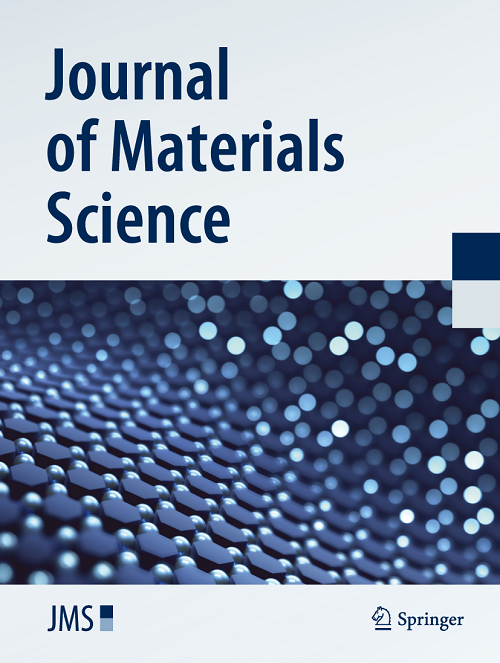Effect of organic modification on the structure and properties of silicates synthesized by a titanium-catalyzed sol–gel method
Abstract
Organic modification of silicates synthesized via titanium-catalyzed sol–gel processes significantly affects their structural and physicochemical properties. Four samples ranging from those rich in methyltrimethoxysilane (S1, S2) to a fully inorganic sample based on tetraethoxysilane (S4) were analyzed using small-angle X-ray scattering, nitrogen adsorption, and hardness testing. SAXS analysis revealed that the higher organic content shortened the medium-range correlation lengths, indicating alterations in the organization of the silicate network. Nitrogen adsorption dramatically decreased the specific surface area with increased organic substitution (513 \(\hbox {m}^2\)/g for S4 to 1.1 \(\hbox {m}^2\)/g for S2) due to the larger particles that form denser aggregates. Mechanical tests indicated that intermediate organic modification (S3) yielded optimal hardness compared to more heavily modified samples. Our structural model indicates that organically rich silicates form larger, compact aggregates with lower porosity, whereas organically poor samples consist of smaller, branched particles with higher surface areas. These findings highlight the pivotal role of organic substituents in the tuning of both the nanostructure and mechanical properties. The balance of organic and inorganic content enables materials with desirable properties for environmentally sustainable applications.


 求助内容:
求助内容: 应助结果提醒方式:
应助结果提醒方式:


